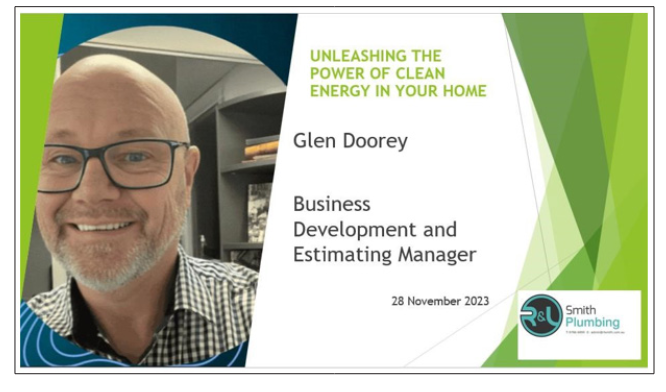Author(s): Glen Doorey
As the global community intensifies efforts to combat climate change, industries worldwide are undergoing transformative shifts toward sustainability. The plumbing sector in Australia stands at a pivotal juncture, poised to revolutionize its practices, and embrace a greener future. This paper explores the potential of hydrogen as a replacement for natural gas in plumbing systems across Australia. With abundant renewable energy resources and a steadfast commitment to reducing greenhouse gas emissions, Australia is uniquely positioned to adopt hydrogen as a clean energy source. The paper delves into the properties and benefits of hydrogen, emphasizing its zero-emission nature and compatibility with existing plumbing infrastructure. By replacing natural gas with hydrogen, significant reductions in carbon emissions associated with heating, cooking, and hot water systems can be achieved. This shift presents exciting possibilities for a sustainable future in the plumbing sector, offering cleaner and more efficient solutions for residential, commercial, and industrial applications. Additionally, the paper addresses the challenges and considerations in integrating hydrogen into plumbing systems, including safety measures, infrastructure requirements, and regulatory frameworks. Through collaborative efforts and innovative solutions, the plumbing industry in Australia can harness the transformative potential of hydrogen, contributing to the nation's sustainability goals and paving the way for a cleaner, more environmentally friendly future.
As the global community grapples with the urgent need to address climate change, industries across various sectors are undergoing profound transformations to embrace sustainability. The plumbing industry, vital for providing essential services related to water supply, sanitation, and heating, holds significant potential to contribute to these efforts.
Climate change in particular presents one of the most pressing challenges of our time, demanding swift and decisive action from governments, industries, and communities worldwide. With rising global temperatures, erratic weather patterns, and the threat of catastrophic events looming ever larger, the imperative to transition towards sustainable practices has never been more urgent. Across every sector of the economy, from energy production to agriculture, efforts to mitigate greenhouse gas emissions and adapt to the changing climate are underway. The plumbing industry plays a pivotal role in ensuring the resilience and sustainability of our built environment. In Australia, a country particularly vulnerable to the impacts of climate change, including prolonged droughts and more frequent heatwaves, the plumbing sector stands at a critical crossroads. The decisions made now will shape not only the industry's future but also the resilience of communities and ecosystems across the continent. As policymakers, businesses, and consumers alike seek solutions to reduce their carbon footprint and enhance sustainability, the plumbing industry has a unique opportunity to innovate, adapt, and lead the way towards a greener, more resilient future.

The plumbing industry in Australia encompasses a diverse range of activities, including the installation, maintenance, and repair of water supply and drainage systems, as well as heating and cooling systems in residential, commercial, and industrial buildings. With a growing emphasis on sustainability and environmental responsibility, there is a growing recognition of the need to transition away from fossil fuel-based energy sources, such as natural gas, towards cleaner alternatives. Hydrogen emerges as a promising candidate for such a transition, offering a renewable and zero-emission energy source with the potential to revolutionize plumbing practices in Australia.
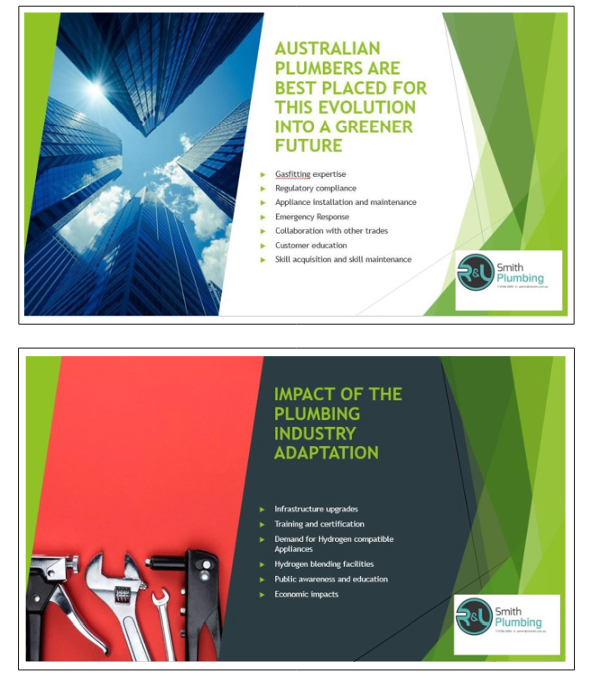
Hydrogen, the most abundant element in the universe, is characterized by its clean-burning properties and high energy density. As a versatile energy carrier, hydrogen can be produced from a variety of renewable sources, including solar, wind, and hydroelectric power, through processes such as electrolysis and biomass gasification. When used in plumbing systems, hydrogen offers several advantages, including zero emissions, high efficiency, and compatibility with existing infrastructure. Additionally, hydrogen can be stored and transported safely, making it an attractive option for decentralized energy production and distribution.
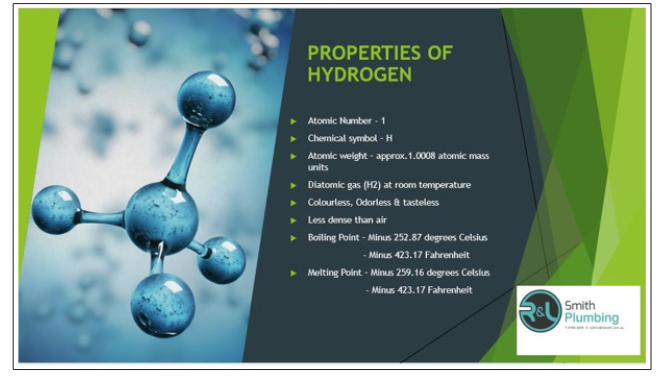
One of the key advantages of hydrogen is its compatibility with existing plumbing infrastructure, particularly in the context of natural gas pipelines and distribution networks. With minimal modifications, natural gas pipelines can be repurposed to transport hydrogen, enabling a seamless transition from fossil fuels to hydrogen-based energy systems. Similarly, appliances such as boilers, cooktops, and hot water systems can be adapted to use hydrogen as a fuel source, allowing for the integration of hydrogen into existing plumbing systems without the need for extensive retrofitting or replacement.
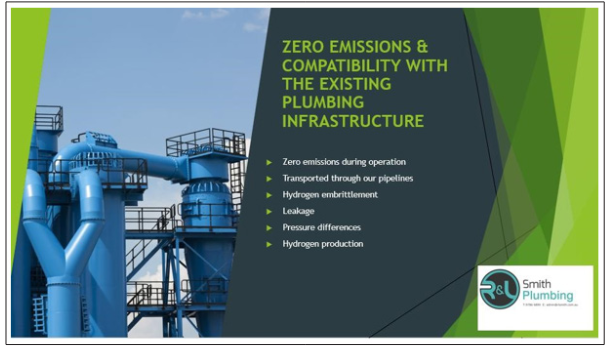
Heating systems account for a significant portion of energy consumption in residential, commercial, and industrial buildings, with natural gas being a primary fuel source for boilers and furnaces. By replacing natural gas with hydrogen in heating systems, carbon emissions can be substantially reduced, contributing to efforts to mitigate climate change and improve air quality. Hydrogen offers a cleaner and more sustainable alternative to fossil fuels, with the potential to decarbonize heating systems across Australia.
Cooking appliances, such as hot plates, cookers and ovens, also represent a significant source of energy consumption in households and commercial kitchens. Traditionally powered by natural gas, these appliances can be adapted to use hydrogen as a fuel source, offering a renewable and emission-free alternative to fossil fuels. By transitioning to hydrogen-powered cooking appliances, consumers can reduce their carbon footprint and contribute to the sustainability of the plumbing industry in Australia.
Hot water systems, including water heaters and boilers, play a crucial role in providing comfort and sanitation in buildings. With the widespread adoption of natural gas-powered hot water systems, there is a significant opportunity to reduce carbon emissions by replacing natural gas with hydrogen. Hydrogen-powered hot water systems offer a sustainable and environmentally friendly solution for meeting the hot water needs of households, businesses, and industrial facilities, contributing to the greening of the plumbing sector in Australia.
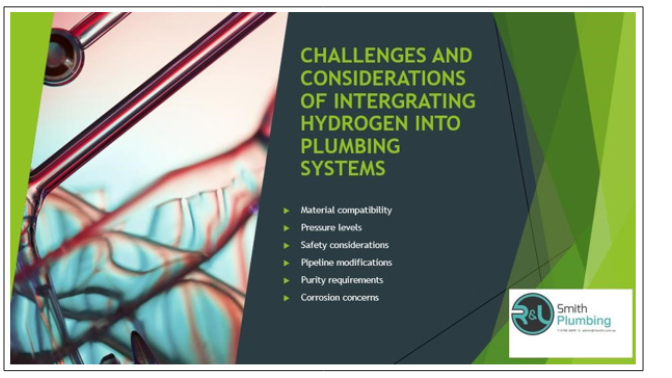
One of the primary challenges in integrating hydrogen into plumbing systems is ensuring safety and mitigating potential risks associated with hydrogen production, storage, and distribution. Hydrogen is highly flammable and can pose safety hazards if not handled properly. However, with proper safety measures, such as leak detection systems, pressure relief valves, and ventilation systems, the risks associated with hydrogen can be effectively managed, ensuring the safe and reliable operation of hydrogenpowered plumbing systems.
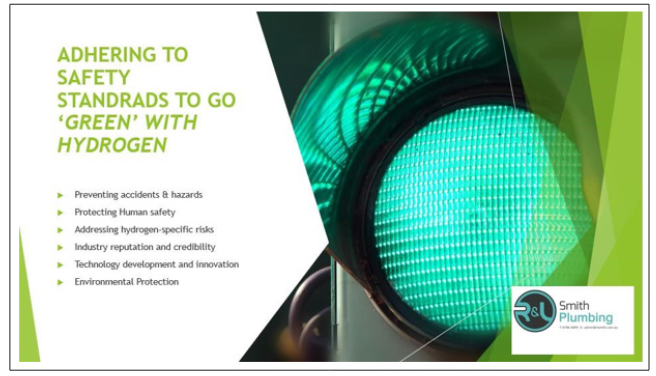
Another challenge in hydrogen integration is the infrastructure requirements and upgrades needed to support hydrogen production, storage, and distribution. While existing natural gas pipelines and distribution networks can be repurposed for hydrogen transport, modifications and upgrades may be necessary to ensure compatibility and safety. Additionally, hydrogen storage facilities and refueling stations will need to be developed to support the widespread adoption of hydrogen-powered plumbing systems across Australia.
Regulatory frameworks and policy support play a crucial role in facilitating the integration of hydrogen into plumbing systems. Government incentives, such as grants, subsidies, and tax credits, can encourage investment in hydrogen infrastructure and technology. Additionally, regulatory standards and guidelines for hydrogen production, storage, and distribution can help ensure compliance with safety and environmental requirements. By creating a supportive regulatory environment, policymakers can accelerate the transition to hydrogen-powered plumbing systems and promote the sustainability of the plumbing industry in Australia. Case Studies and Pilot Projects
HyDeploy, a pioneering project in the UK, aims to demonstrate the feasibility of blending hydrogen with natural gas in existing gas networks. By injecting hydrogen into the gas grid at low concentrations, HyDeploy seeks to evaluate the technical and operational challenges associated with hydrogen blending. The project provides valuable insights into the potential benefits and challenges of hydrogen integration in gas networks, informing similar initiatives in Australia.
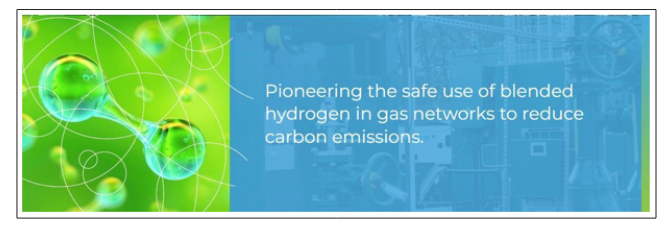
The Green Hydrogen for Blue Skies initiative, led by the Australian Gas Infrastructure Group (AGIG), aims to showcase the potential of hydrogen as a clean energy source for residential applications. Through pilot projects such as the HyHome demonstration home, AGIG is testing hydrogen-powered appliances, including boilers, cooktops, and hot water systems, to demonstrate their feasibility and effectiveness in real-world settings. The initiative highlights the role of hydrogen in decarbonizing residential heating and cooking, paving the way for widespread adoption across Australia.
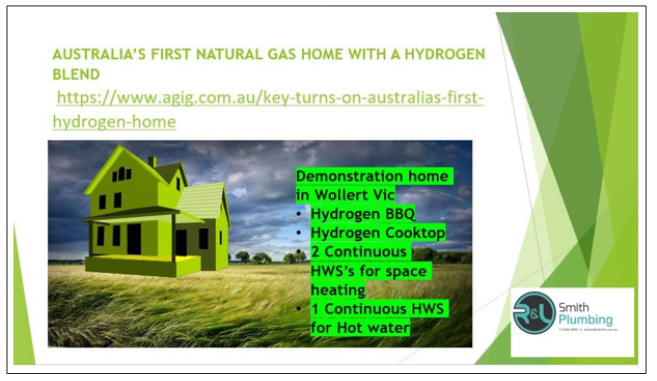
Collaborations between industry stakeholders, research institutions, and government agencies are essential for driving innovation and accelerating the adoption of hydrogen-powered plumbing systems in Australia. Partnership initiatives, such as the Future Fuels CRC and the Hydrogen Industry Cluster, bring together experts from diverse backgrounds to collaborate on research, development, and deployment projects. By fostering collaboration and knowledge sharing, these initiatives facilitate the development of innovative solutions and best practices for hydrogen integration in plumbing systems.
Scaling Up Hydrogen Adoption: Strategies and Recommendations To realize the full potential of hydrogen-powered plumbing systems, concerted efforts are needed to scale up hydrogen production, storage, and distribution infrastructure across Australia. This will require investment in research and development, as well as collaboration between industry, government, and academia to overcome technical, regulatory, and economic barriers. Strategies such as public-private partnerships, technology roadmaps, and pilot projects can help accelerate the adoption of hydrogen and drive the transition to a sustainable plumbing industry in Australia
Research and development play a critical role in advancing hydrogen technology and overcoming technical challenges associated with its integration into plumbing systems. Key research priorities include improving the efficiency and cost-effectiveness of hydrogen production, storage, and distribution technologies, as well as developing hydrogen-compatible appliances and materials. Additionally, research is needed to better understand the environmental and health impacts of hydrogen, as well as to identify opportunities for optimizing its use in plumbing systems.
Public awareness and community engagement are essential for building support and acceptance of hydrogen-powered plumbing systems. Education campaigns, demonstration projects, and outreach initiatives can help raise awareness of the benefits of hydrogen and dispel misconceptions about its safety and feasibility. Engaging with stakeholders, including homeowners, businesses, and policymakers, can help build consensus and drive demand for hydrogen-powered plumbing solutions, ultimately contributing to the sustainability of the plumbing industry in Australia [1-3].
In conclusion, the integration of hydrogen into plumbing systems offers a promising pathway toward a more sustainable and environmentally friendly future for Australia. By replacing natural gas with hydrogen, significant reductions in carbon emissions can be achieved, contributing to efforts to combat climate change and improve air quality. While challenges remain, including safety concerns, infrastructure requirements, and regulatory hurdles, the potential benefits of hydrogen adoption outweigh the risks. Through collaboration, innovation, and public engagement, the plumbing industry in Australia can embrace hydrogen as a clean energy solution and pave the way for a greener, more sustainable future.
All data, modelling or codes that support the findings of this study are available from the corresponding author upon reasonable request.
We gratefully acknowledge the supporting evidence for the body of work from the Master Plumbers Australian magazine, the Australian Gas Infrastructure Group (AGIG), HyDeploy and their partners and Enzo Alfonsetti.
There is no known conflict of interest
N/A
